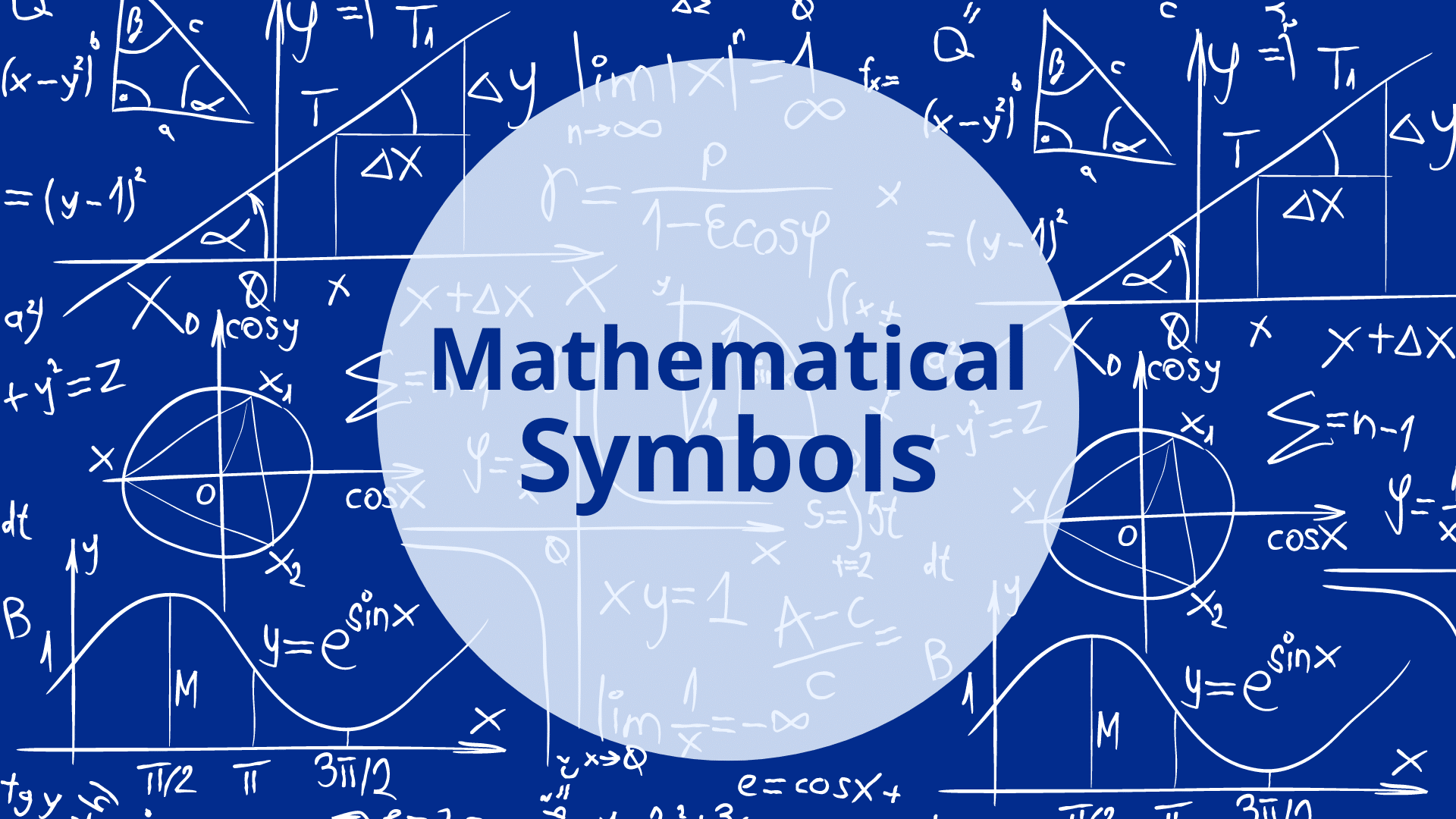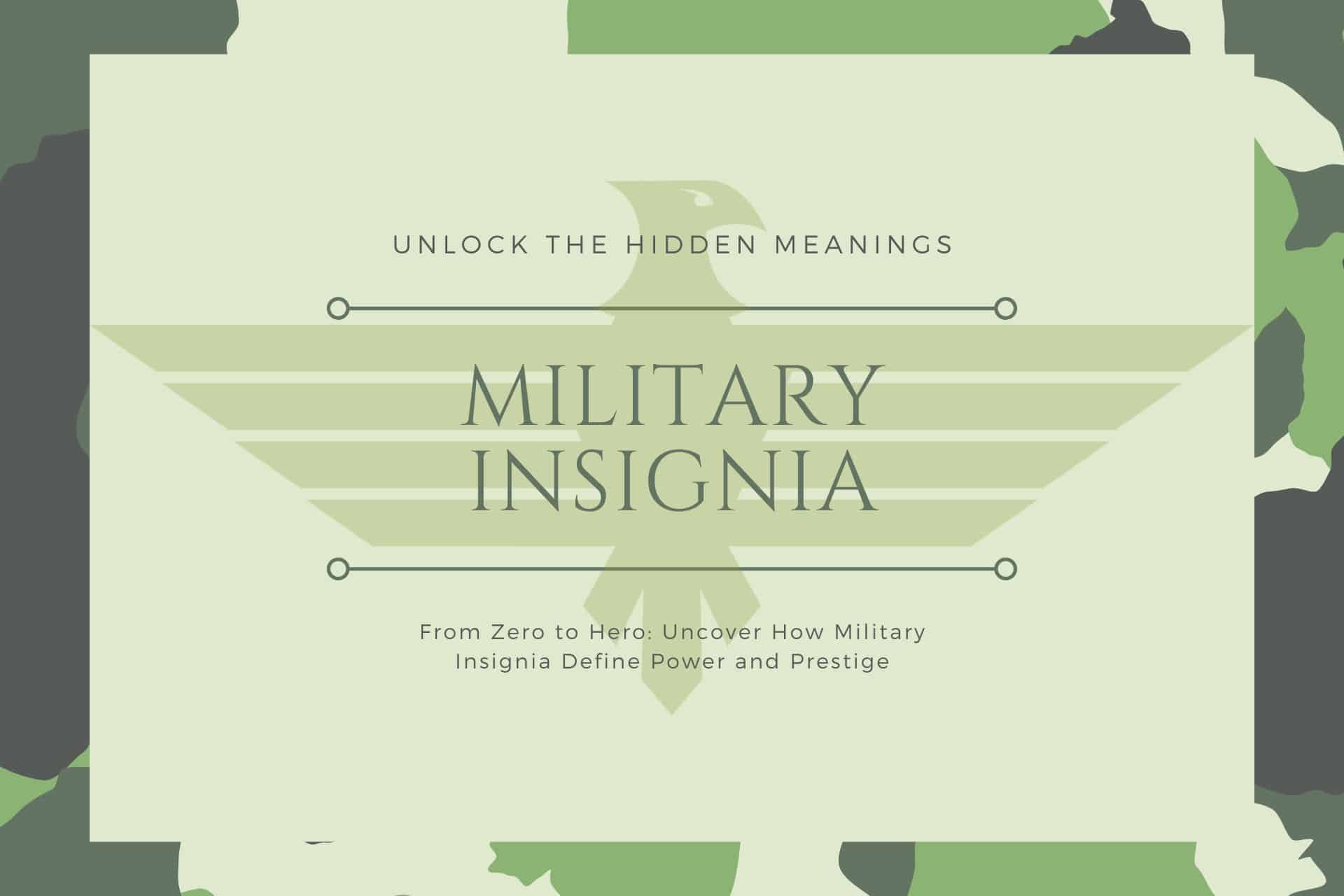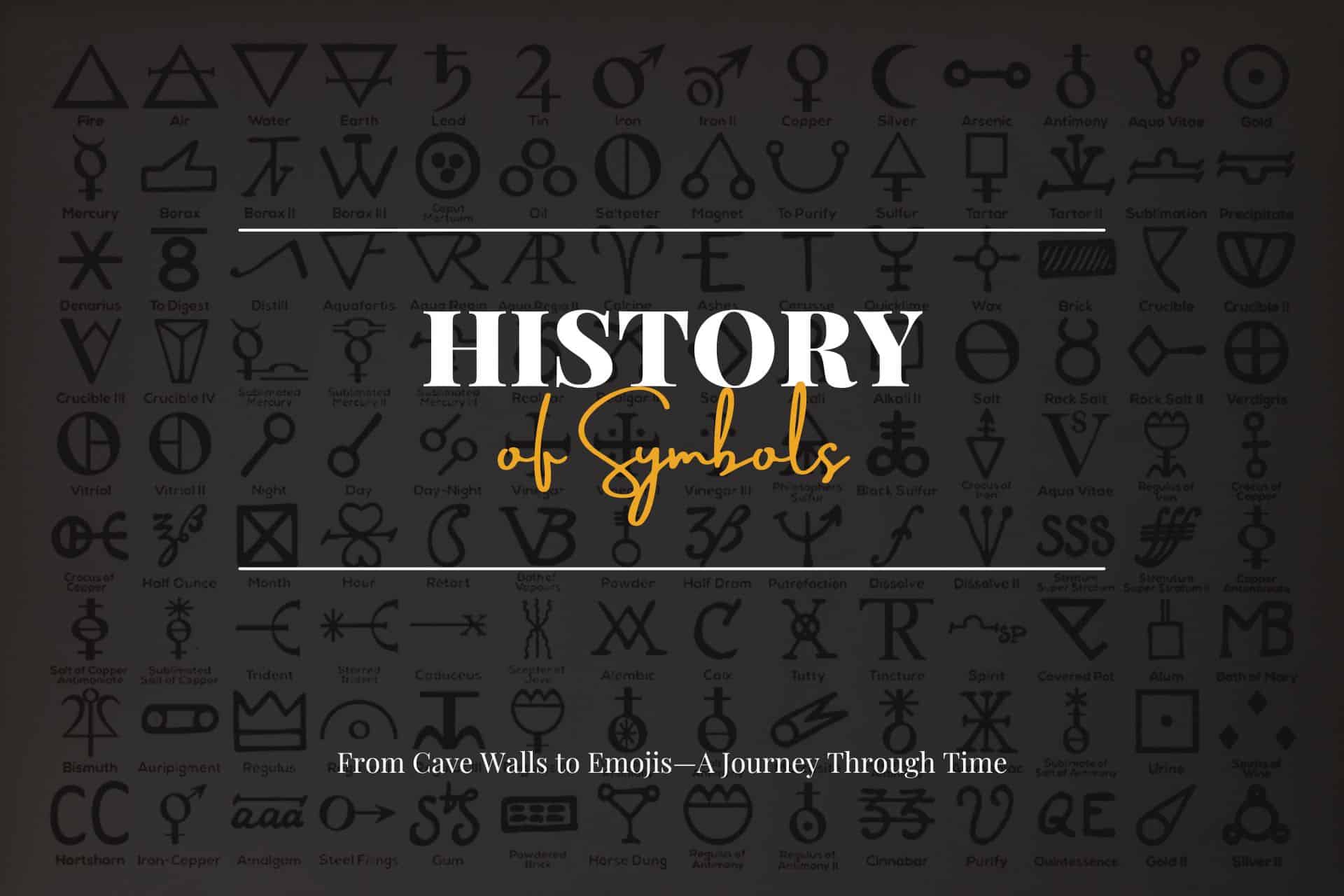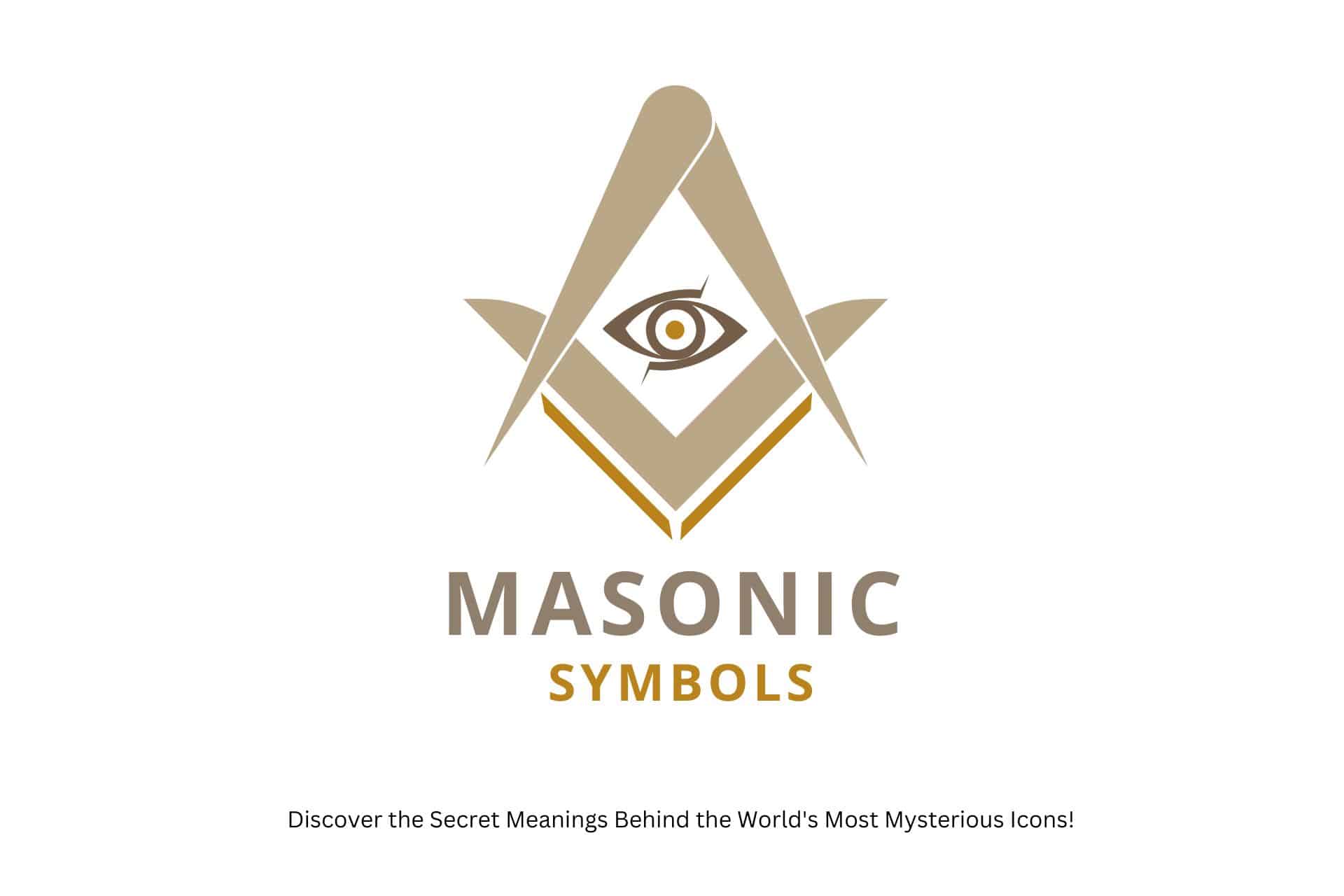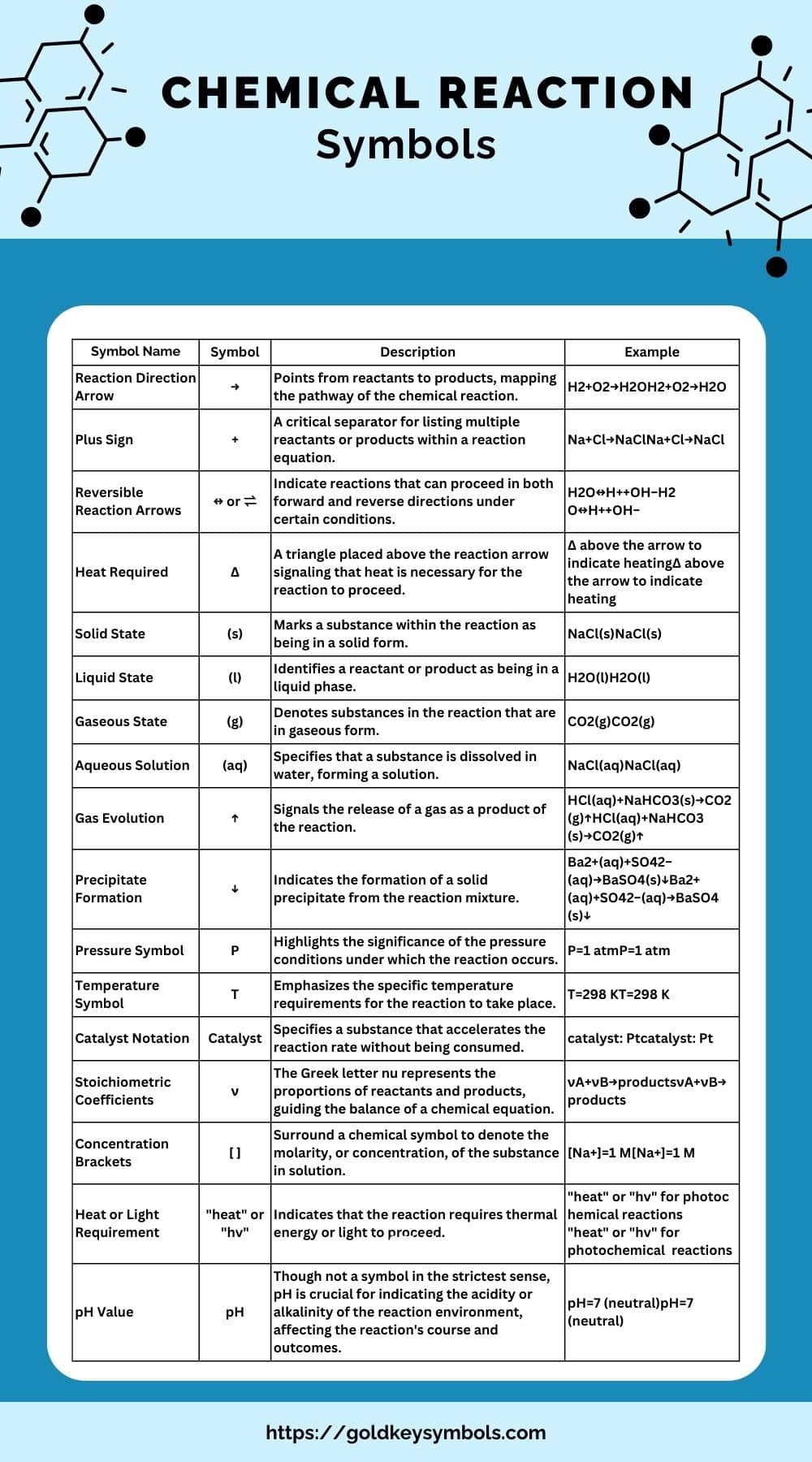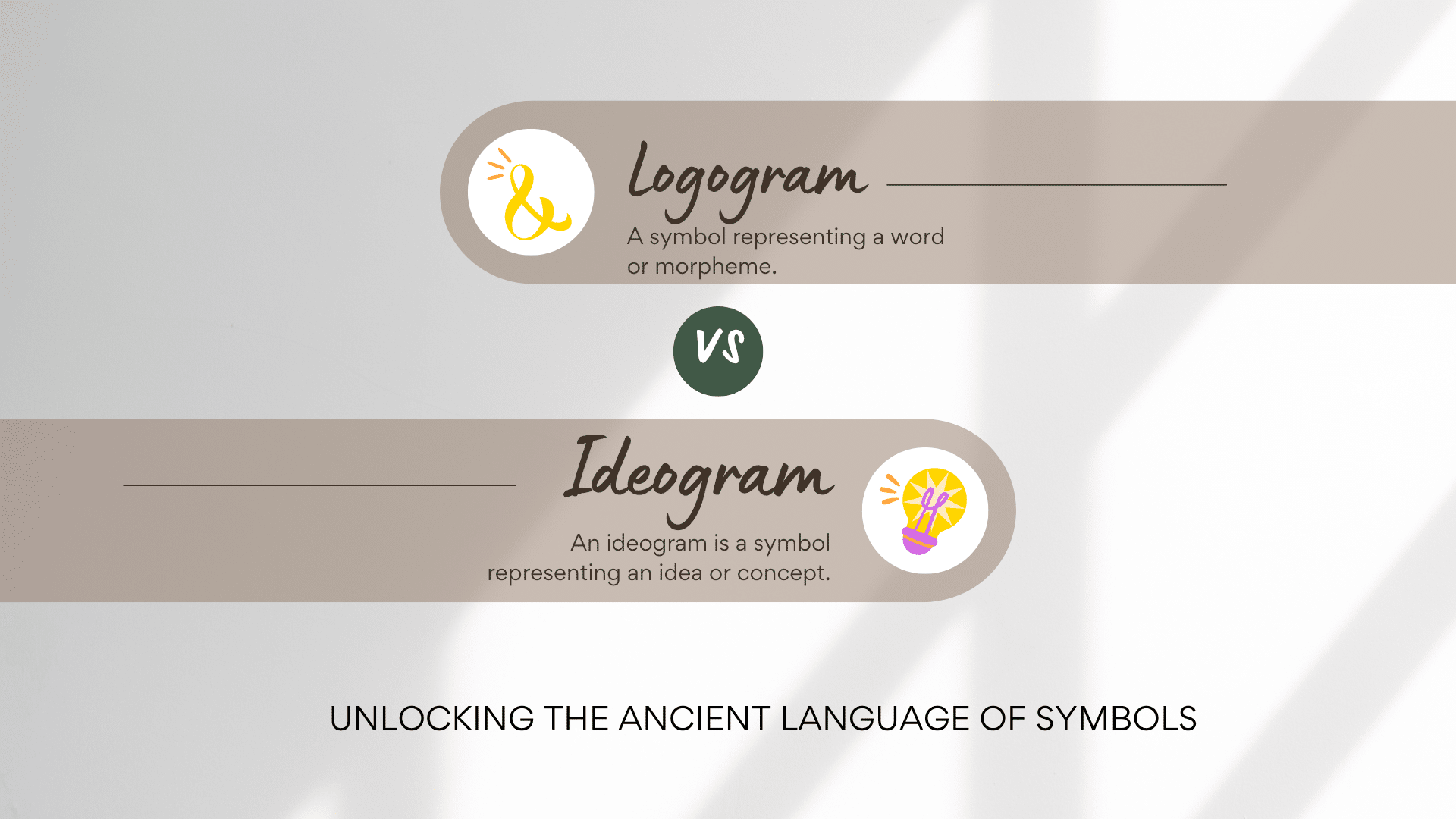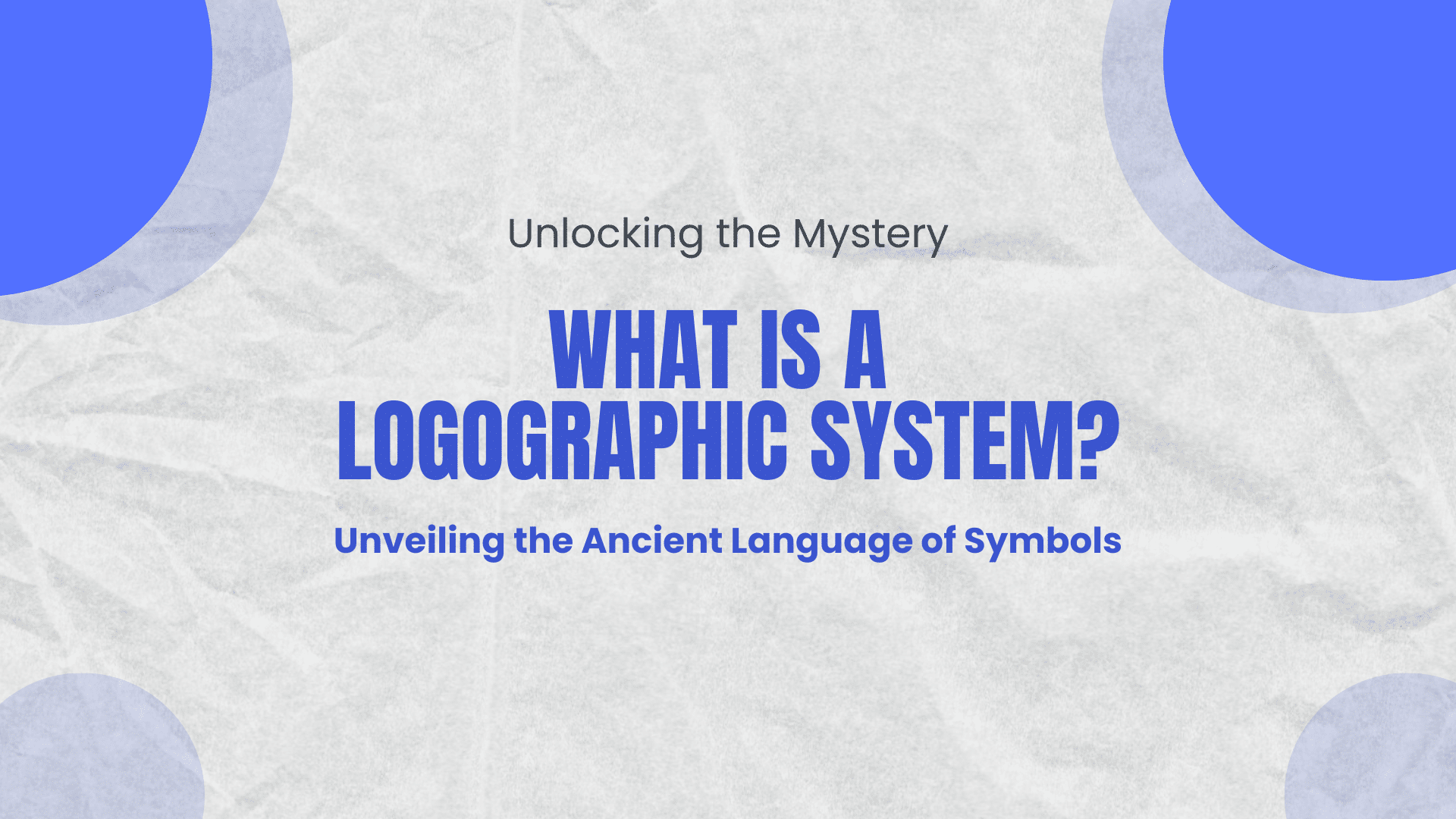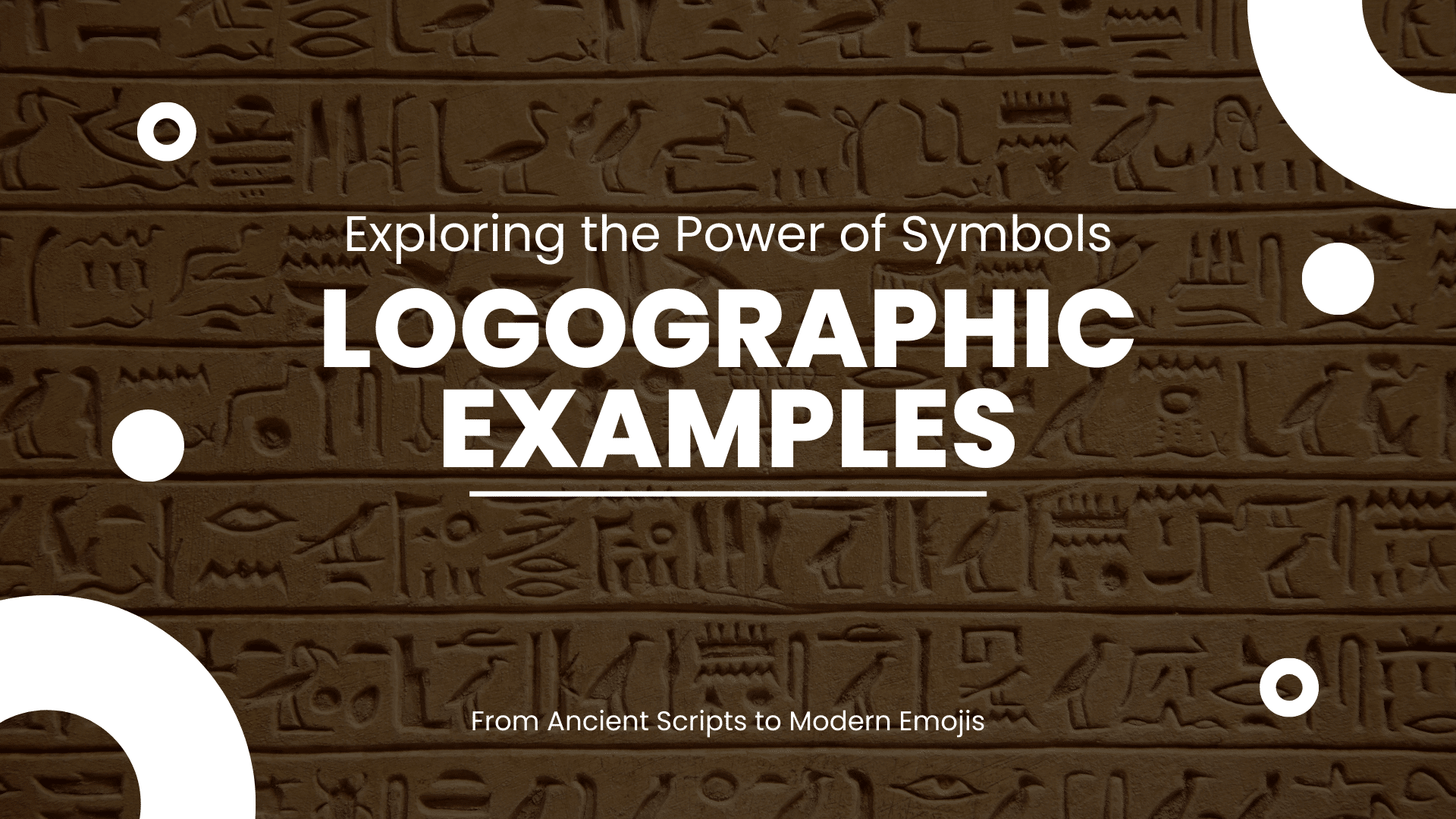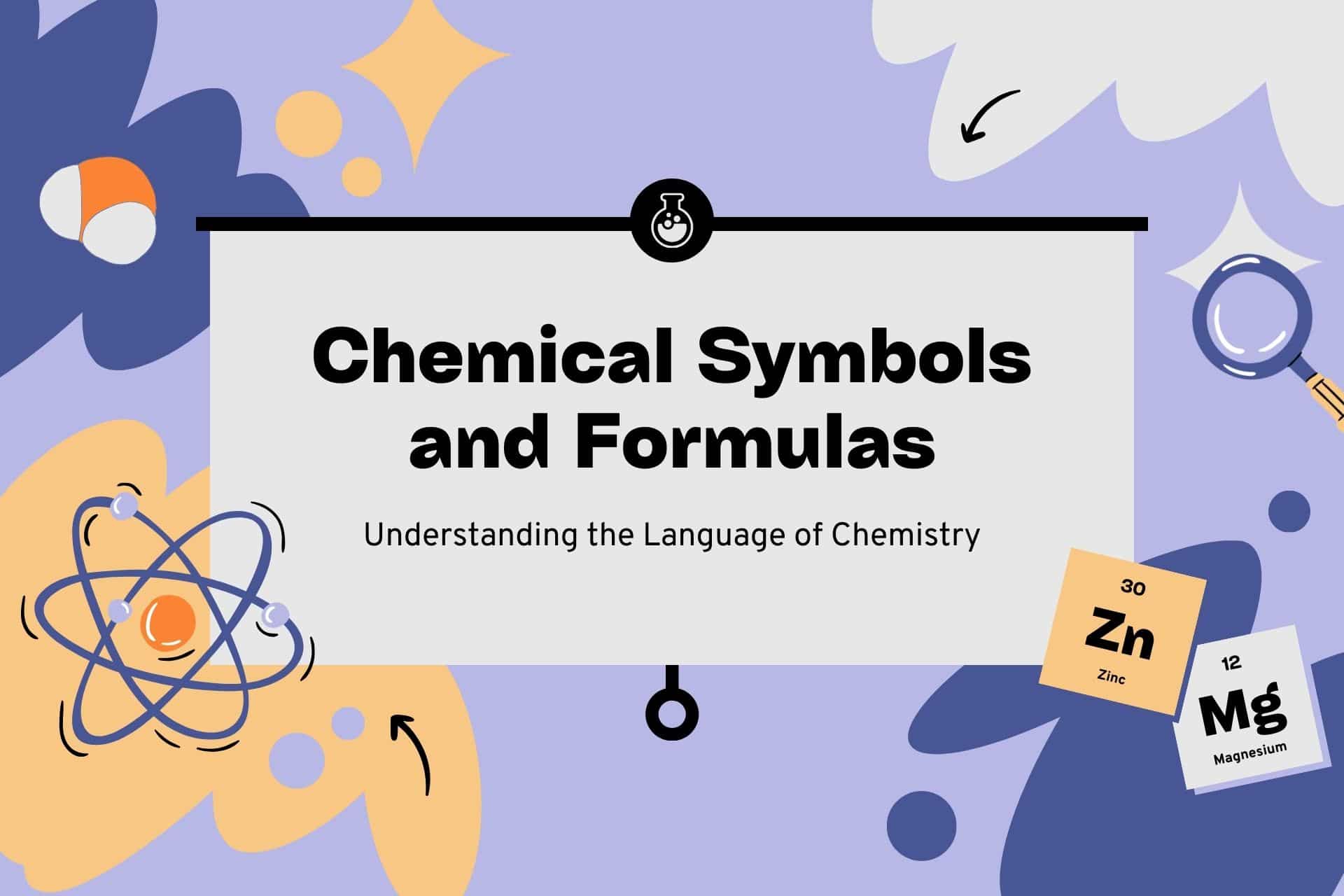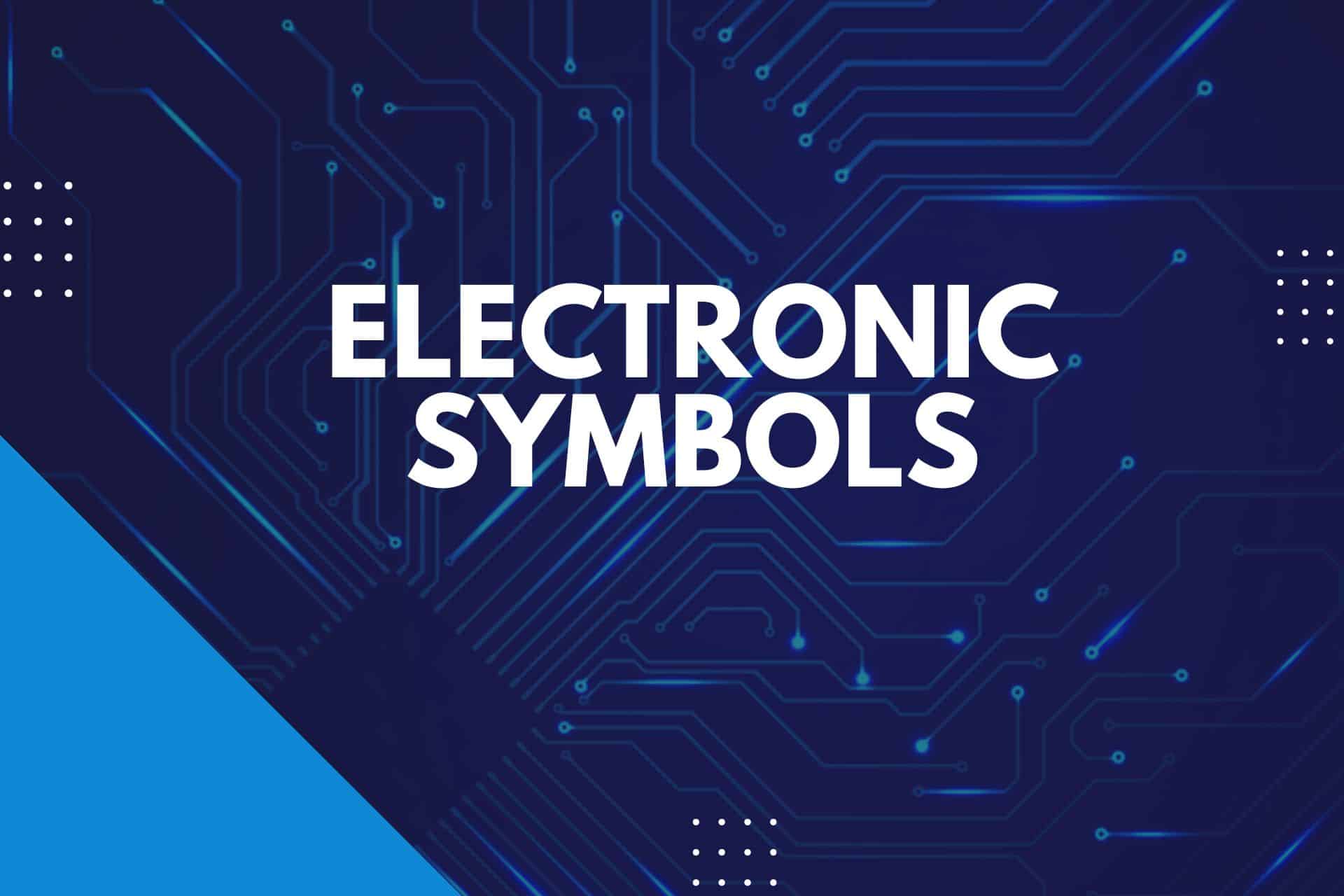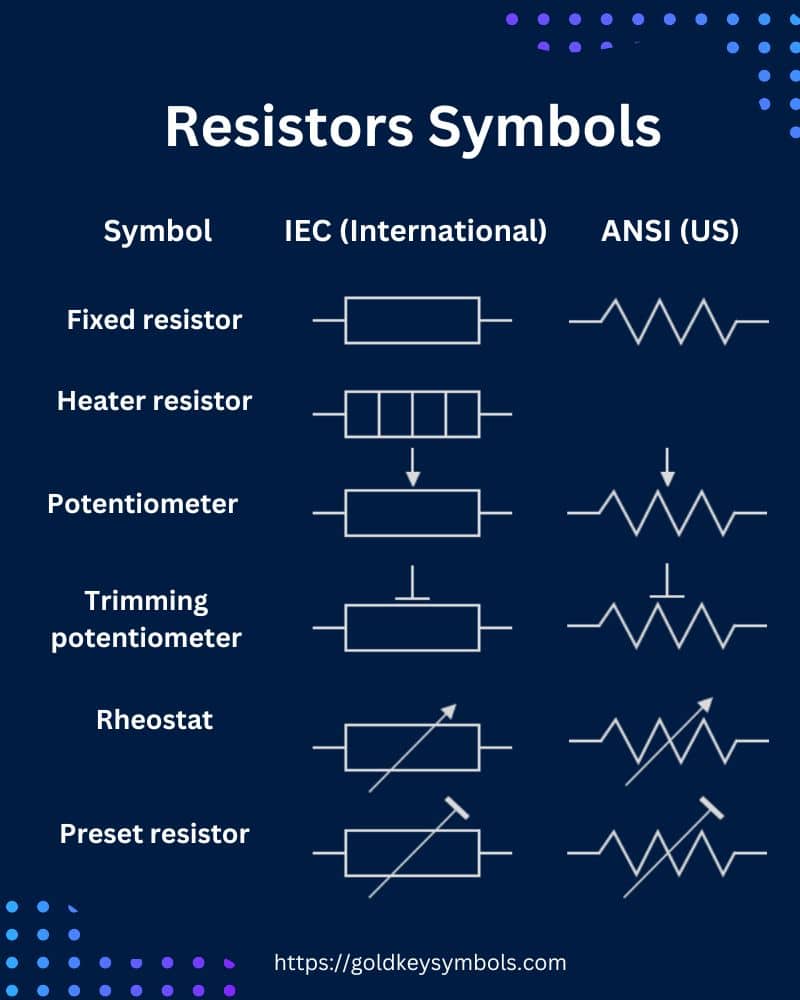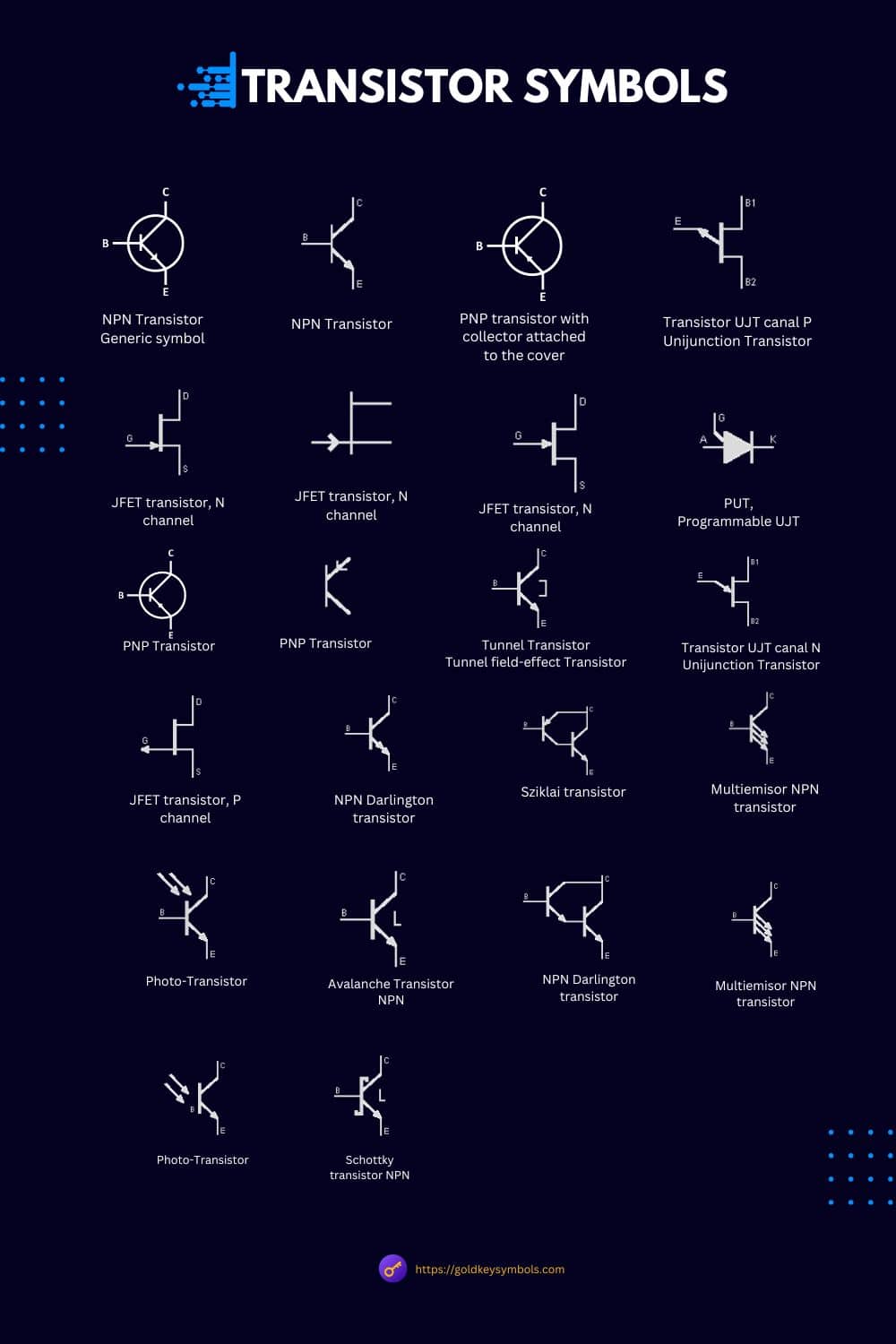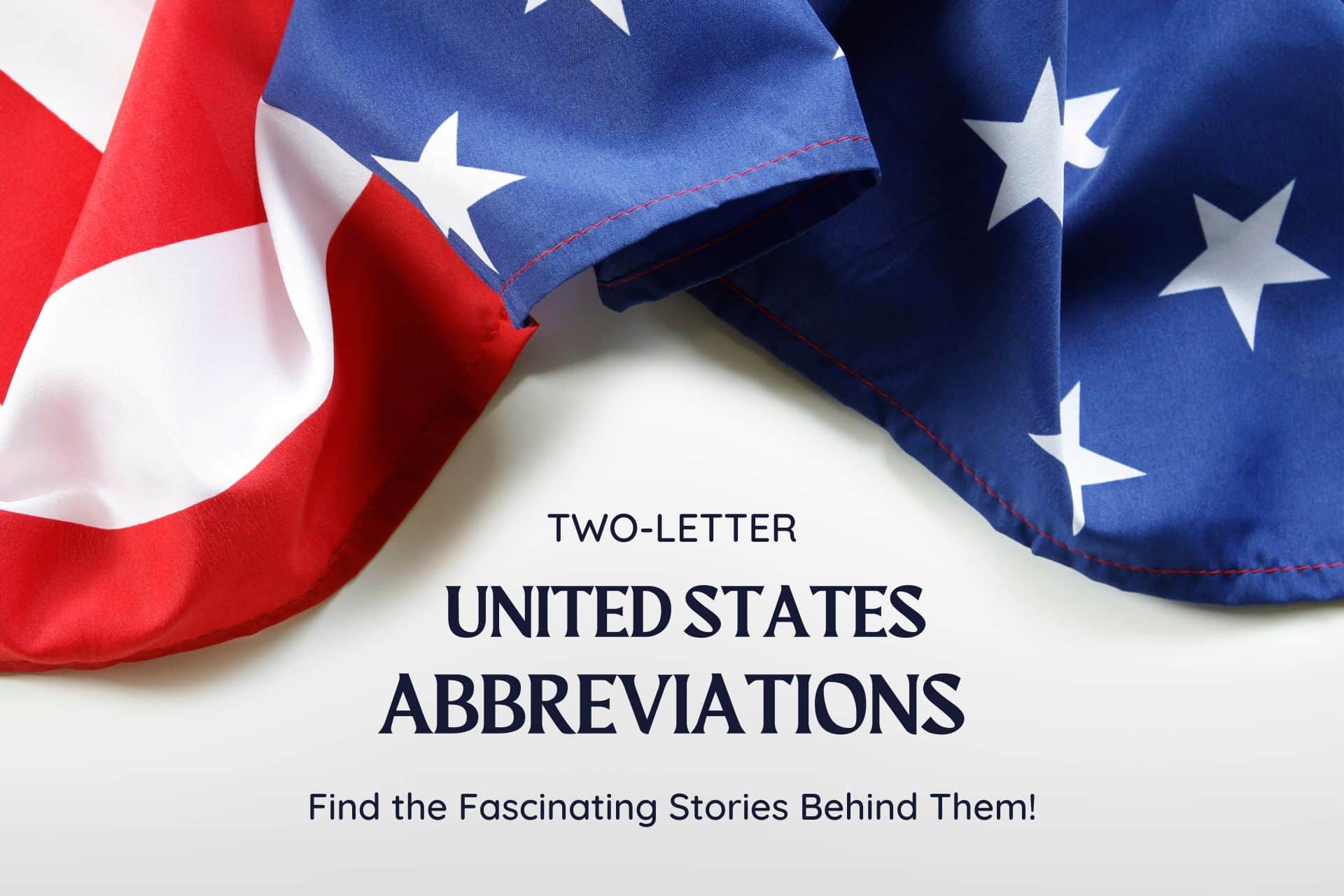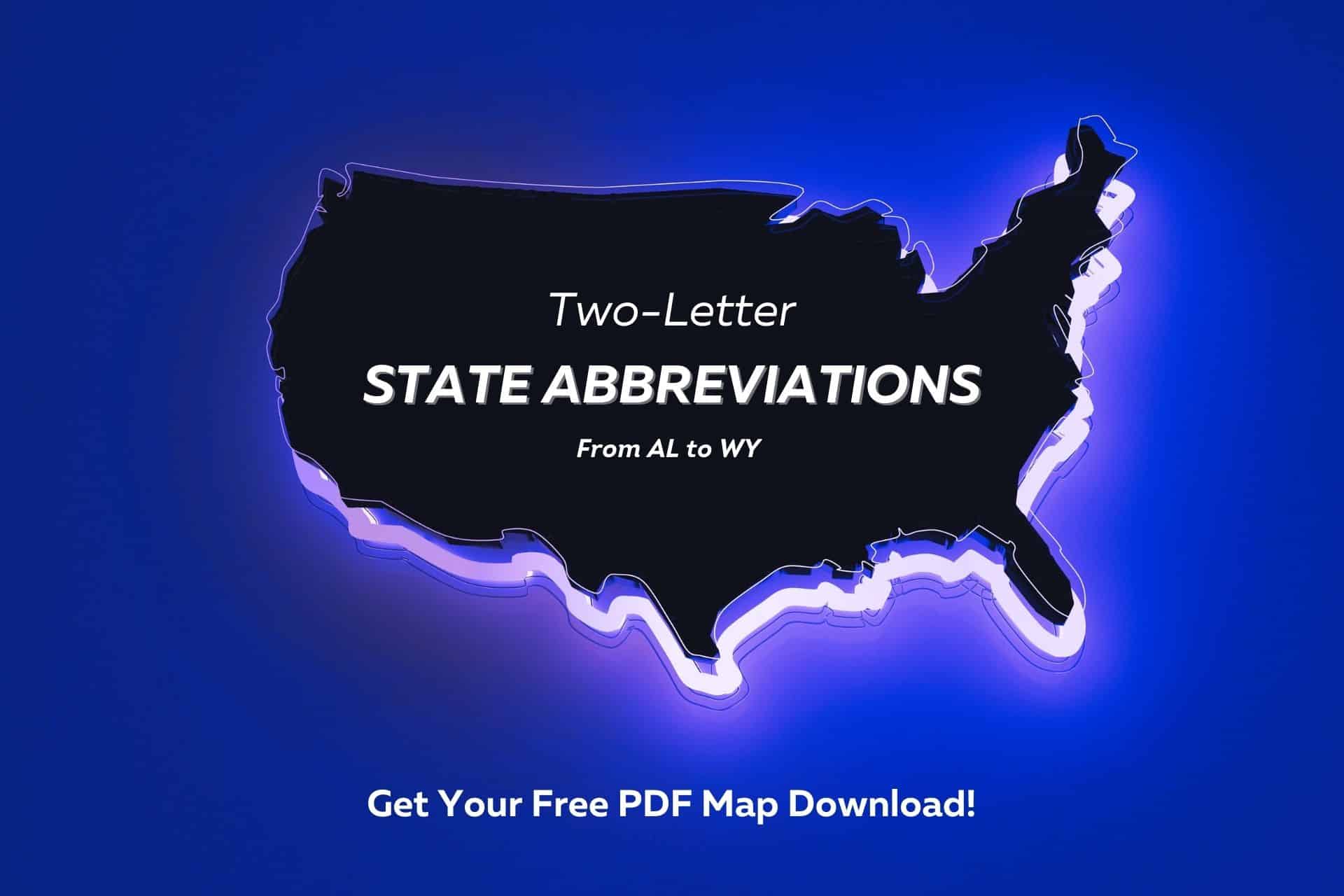Secrets to Cracking Math Problems Faster Than a Calculator!
Are you curious about mathematical symbols used in arithmetic? Have you ever encountered a math problem and wondered what a particular symbol signifies? Fear not!
This article is your one-stop resource for understanding arithmetic symbols, from the basic plus (+) and minus (-) to the more complex ones.
We’ll decode their meanings, unfold their history, and explain their usage simply and comprehensively. By reading this, you will gain a practical understanding of these symbols, enhancing your mathematical competence.
So, stay with us and become a pro at interpreting arithmetic symbols. Let’s embark on this insightful journey together.
Let’s get started!

Here’s What You Will Find

Key Takeaways
Arithmetic Symbols
Understanding Arithmetic Symbols: Arithmetic symbols such as the plus (+) for addition, minus (-) for subtraction, the asterisk (*) or cross (×) for multiplication, and slash (/) or division line are used to represent mathematical operations. These symbols allow complex ideas to be communicated concisely and efficiently.
Equality in Arithmetic: The equals sign (=) is used in arithmetic to indicate equality between the values on either side of it, helping in verifying equations.
Standardization of Arithmetic Symbols: The International Organization for Standardization (ISO) and the American Mathematical Society (AMS) are responsible for standardizing these symbols, ensuring they are universally recognized and understood.
Real-world Application of Arithmetic Symbols: These symbols are not just for mathematical calculations but also play a crucial role in everyday tasks. This includes totaling expenses (addition), budgeting (subtraction), buying multiples of items (multiplication), dividing resources (division), and verifying equations (equality).
What Are Arithmetic Symbols?
Navigating the World of Mathematical Symbols
Arithmetic symbols are math symbols used to denote basic mathematical operations and relations. They form the core language through which arithmetic calculations and expressions are communicated. These symbols include but are not limited to, the plus sign (+) for addition, the minus sign (-) for subtraction, the multiplication sign (×), the division sign (÷), and the equals sign (=) for equality.
Arithmetic symbols also encompass symbols for greater than (>), less than (<), and various others that help in representing and solving mathematical equations and inequalities. They are essential tools in elementary math education and complex mathematical calculations, serving as the building blocks for broader mathematical concepts and applications.
In the fascinating world of mathematics, arithmetic symbols act as powerful tools, unraveling intricate calculations into simple, understandable expressions.
These symbols are vital keys, unlocking the path to exploring the vast landscape of numbers and equations. They aren’t merely random strokes but form the core of arithmetic—the language that transforms numbers into meaningful expressions.
Understanding Arithmetic Symbols
- Addition (‘+’): Represents the operation of combining things. For instance, ‘3+2’ means you’re combining 3 and 2, which equals 5.
- Subtraction (‘−’): Indicates that something is being taken away. In ‘5-3’, you’re subtracting 3 from 5, leaving you with 2.
- Multiplication (‘×’): It’s a process of repeated addition. ‘3×2’ means you’re adding 3 twice, which equals 6.
- Division (‘÷’): It’s the opposite of multiplication. ‘6÷3’ signifies you’re dividing 6 by 3, resulting in 2.
- Equality (‘=’): Denotes that both sides of an equation hold the same value. For example, ‘5=5’ or ‘2+3=5’.
Leveraging Arithmetic Symbols for Simple Expressions
You can avoid lengthy explanations and concisely express complex mathematical ideas by leveraging these symbols. Picture this – you can represent a full sentence of mathematical operations using just a few symbols, freeing you from the constraints of verbose explanations.
The Power of Arithmetic Symbols
- Empowerment: These symbols empower you to cut through the clutter and get straight to the point, making understanding and learning mathematics easier.
- Freedom: They offer the liberty to communicate and comprehend the intricacies of mathematics in a straightforward, uncluttered way.
- Control: You gain control over how you want to express, understand, and navigate the world of mathematics.
We’ll explore mathematical symbols, which aren’t just mere strokes on a page. They’re the lexicons of the mathematical language, a universal language that breaks free from the limitations of linguistic boundaries.
Consider these symbols as tools in your mathematical toolbox. Each one, like a tool, has a specific function. They direct your calculations, aid in problem-solving, and help express solutions. Understanding them goes beyond simple recognition; it involves grasping their function and interaction within mathematical operations.
The Plus sign (+)
- Role: The ‘+’ symbol signifies addition in mathematics. It tells you to add or combine numbers. For instance, in the equation ‘5 + 3 = 8’, the ‘+’ symbol instructs you to add 5 and 3 to get the result 8.
- When to Use: Use the ‘+’ symbol to combine two or more numbers or increase a number by a certain amount.
- Interaction with Other Symbols: The ‘+’ symbol can interact with other symbols. For example, in ‘5 + (-3) = 2’, the ‘+’ and ‘-‘ symbols work together to denote the addition of a negative number.
The Minus Sign (-)
- Role: The ‘-‘ symbol denotes subtraction. It instructs you to deduct one number from another. For example, ‘7 – 2 = 5’, the ‘-‘ symbol tells you to subtract 2 from 7, resulting in 5.
- When to Use: Use the ‘-‘ symbol to reduce a number by a certain amount or find the difference between two numbers.
- Interaction with Other Symbols: The ‘-‘ symbol can also interact with other symbols. For instance, in ‘8 – (+2) = 6’, the ‘-‘ and ‘+’ symbols work together to denote the subtraction of a positive number.
The Multiplication Sign (x)
- Role: The ‘×’ symbol represents multiplication, an operation where one number is multiplied by another. For example, in the expression ‘3 × 4 = 12’, the ‘×’ instructs you to multiply 3 by 4, resulting in 12.
- When to Use: Use the ‘×’ symbol when calculating the product of two or more numbers, especially in basic arithmetic, algebra, and beyond.
- Interaction with Other Symbols: The ‘×’ symbol can interact with other mathematical symbols. For instance, in the expression ‘5 × (2 + 3) = 25’, the ‘×’ symbol works with parentheses to indicate that the addition inside should be calculated first before applying the multiplication.
The Division Sign (÷)
- Role: The ‘÷’ symbol denotes division, which divides one number by another. For example, in ‘8 ÷ 2 = 4’, the ‘÷’ symbol indicates that 8 should be divided by 2, yielding 4.
- When to Use: Use the ‘÷’ symbol to divide a number into several equal parts or find how many times one number is contained within another.
- Interaction with Other Symbols: In equations involving multiple operations, such as ’18 ÷ (2 + 1) = 6′, the ‘÷’ symbol interacts with the parentheses to ensure that the addition is performed first, followed by the division.
The Equals Sign (=)
- Role: The ‘=’ symbol signifies equality, showing that the values on either side of it are the same. For example, ’10 = 10′ or ‘5 + 5 = 10’ both use the ‘=’ sign to indicate equivalence between the expressions.
- When to Use: The ‘=’ symbol states that two expressions or values are equal due to an operation or comparison.
- Interaction with Other Symbols: The ‘=’ symbol often works with other symbols to form equations or solve algebraic expressions, such as ‘x + 5 = 10’, where it interacts with addition to find the value of x.
The Not Equals Sign (≠)
- Role: The ‘≠’ symbol represents inequality, indicating that neither side’s values are equal. For example, ‘8 ≠ 5’ clearly shows that 8 is not equal to 5.
- When to Use: The’ ‘ symbol expresses that two values or expressions differ.
- Interaction with Other Symbols: The ‘≠’ symbol can be used in mathematical expressions and logical comparisons where inequality needs to be emphasized, as in ‘x + 3 ≠ 7’, which signifies that whatever the value of x, when added to 3, it does not equal 7.
Understanding these symbols and their roles in mathematical operations gives you the freedom to navigate any mathematical problem. This isn’t just about symbol recognition but about appreciating their function in mathematical expressions.
List of Common Arithmetic Symbols
Addition and Subtraction Signs
- Plus sign (+) is the addition symbol, which signifies the operation of adding numbers.
- Minus sign (-) is the subtraction symbol used to represent deducting one number from another.
These two symbols form the basis of elementary arithmetic, paving the way for more complicated operations.
Multiplication and Division Symbols
- Depending on the context, the multiplication sign (x) can be represented by ‘x’ or ‘*’.
- The division sign (÷) is denoted by ‘/’ or a division bar.
These symbols introduce more advanced number manipulations, expanding the scope of your mathematical computations.
Equality Symbol
- The equals sign (=) is the symbol for equality, an integral part of every mathematical equation. It is a tool for comparing quantities and balancing equations, enabling problem-solving.
Special Mathematical Symbols
- The square root symbol (√)denotes the operation of finding the square root of a number.
- The percentage symbol (%) represents a proportion out of 100.
- The pi symbol (π) represents the ratio of a circle’s circumference to its diameter.
Although these symbols might be used less frequently, their importance in mathematics is undeniable.
Arithmetic Symbols
(Press on the symbol image to learn more about these symbols)
Plus Sign
Represents addition, the operation of combining two or more quantities.
Minus Sign
Used for subtraction, indicating the operation of removing one quantity from another, and can also denote negative numbers.
Multiplication Sign
Denotes multiplication, which is the operation of scaling one number by another.
Division Sign
Represents division, dividing one number by another to produce a quotient.
Equals Sign
Indicates that two expressions on either side are equal in value.
Not Equal Sign
It means that two values or expressions are not equal.
Less Than Sign
Used to compare two values, indicating that the value on the left is smaller than the value on the right.
Greater Than Sign
Used to compare two values, indicating that the value on the left is larger than the value on the right.
Less Than or Equal To Sign
Shows that the value on the left is either less than or equal to the value on the right.
Greater Than or Equal To Sign
Indicates that the value on the left is either greater than or equal to the value on the right.
Percent Sign
Represents a number as a fraction of 100, commonly used to denote percentages.
Square Root Sign
The square root operation finds the number that gives the original number when multiplied by itself.
Caret
Used in programming and some calculators to indicate exponentiation.
Pi
Represents the ratio of the circumference of a circle to its diameter, approximately equal to 3.14159.
Infinity
Symbolizes an unbounded limit, indicating a value that grows indefinitely.
Sigma
Represents the sum operation, particularly used to denote the sum of a series of numbers.
Delta
Typically used to represent a change or difference in mathematics.
Organizations Regulating Arithmetic Symbols
Have you ever wondered who sets the standards for daily mathematical symbols? This is a common query among those who frequently deal with equations and formulas. Let’s explore this topic further.
Two significant organizations oversee these symbols worldwide: the International Organization for Standardization (ISO) and the American Mathematical Society (AMS). They act as the caretakers of mathematical syntax, ensuring global uniformity.
International Organization for Standardization (ISO)
The ISO primarily standardizes symbols used in different disciplines, including mathematics.
The organization’s main aim is to ensure that the meaning of mathematical symbols remains consistent regardless of geographical location. For instance, a plus sign always indicates addition and a minus sign signifies subtraction.
American Mathematical Society (AMS)
The AMS, in contrast, concentrates solely on mathematics.
They’ve set guidelines for using mathematical symbols to maintain consistency in the mathematical literature.
These organizations don’t restrict your freedom. Instead, they’re constructing a universal language that promotes seamless communication across geographical and cultural divides. Therefore, the next time you use arithmetic symbols, remember the organizations that aid in keeping your mathematical communication accurate and unambiguous.
Uses of Arithmetic Symbols
Exploring the Practical Uses of Mathematical Symbols
Mathematical symbols are crucial in executing fundamental arithmetic operations such as addition, subtraction, multiplication, and division. They serve as the basic building blocks that form the structure of numbers. Moreover, they pave the way for a seamless journey through the world of numbers.
Addition
Symbolized by the plus sign (+), addition signifies the process of combining quantities. This operation is commonly used in various everyday activities, including:
- Counting money
- Adding up expenses
- Gathering thoughts
In essence, it symbolizes accumulation and equates to the addition of value.
Subtraction
Subtraction is depicted by the minus sign (-), representing the act of reduction or taking away. Some common instances where subtraction is used include:
- Spending money
- Consuming food
- Passage of time
Essentially, subtraction is a process of decrement.
Multiplication
Multiplication can be expressed by an asterisk (*) or a cross (x). It signifies a rapid method of adding the same number multiple times. Common scenarios where multiplication is used include:
- Purchasing multiple items of the same type
- Repeating an action a specific number of times
Division
The division is symbolized by a slash (/) or a line and represents splitting a whole into equal parts. The division is commonly used in situations such as:
- Sharing resources equally
- Dividing tasks among team members
These symbols are more than just mathematical tools; they’re your keys to navigating the numerical universe and achieving mathematical freedom.
How to Use Arithmetic Symbols
Understanding the Application of Arithmetic Symbols
- Addition Symbol (+): Arithmetic Symbols mean the union of numbers. For instance, if you need to add 5 and 3, the appropriate mathematical representation would be ‘5 + 3’. The addition symbol allows us to combine different quantities into one.
- Subtraction Symbol (-): Arithmetic Symbols indicate the deduction of one number from another. For example, to subtract 3 from 5, you’d write ‘5 – 3’. The subtraction symbol helps us understand how much we’ve left when we remove a certain quantity from another.
- Multiplication Symbol (x): Often misunderstood as ”, the correct multiplication symbol is ‘‘. Arithmetic Symbols represent repeated addition. For example, multiplying 5 by 3 means you’d write ‘5 * 3’, meaning five is added thrice.
- Division Symbol (÷): Arithmetic Symbols denote splitting or sharing. To illustrate, to divide 5 by 3, you’d write ‘5 / 3’. The division symbol allows us to see how many times one number fits into another.
- Equals Sign (=): The equals sign highlights that the values on each side of the symbol are identical. Therefore, ‘5 + 3 = 8’ indicates that the total of 5 and 3 is the same as 8.
These arithmetic symbols are essential tools for exploring and expressing mathematical ideas. By mastering them, you can unlock the language of mathematics and communicate your ideas effectively!
Common Misunderstandings and Mistakes When Using Arithmetic Symbols
Despite their apparent simplicity, arithmetic symbols often cause common misconceptions and errors in mathematical computations. Misuse of these symbols can occur if one isn’t careful. Below are some commonly misunderstood arithmetic symbols and their correct usage.
Minus Sign (-)
- Role in Subtraction: The minus sign is primarily recognized as a symbol for subtraction. For example, in the expression ‘3 – 5’, the minus sign subtracts 5 from 3.
- Role in Denoting Negative Numbers: Apart from subtraction, the minus sign is also used to signify negative numbers. For instance, ‘-3’ isn’t an instance of subtraction but rather represents a negative number. Understanding this distinction is crucial, as it can significantly impact the outcome of your calculations.
Multiplication Symbol (x) and Dot (.)
- Representation of Multiplication: In arithmetic, the multiplication symbol (x) and the dot (.) are commonly used to represent multiplication.
- Potential Confusion with Decimal Point: In certain contexts, the dot can also signify a decimal point, leading to confusion. To prevent this, it may be advisable to use one symbol for multiplication consistently.
Order of Operations
- Importance of BIDMAS/PEMDAS: Misunderstanding the order of operations is another common error. Acronyms like BIDMAS or PEMDAS are helpful reminders of the correct order: Brackets (or Parentheses), Indices (or Exponents), Division and Multiplication (from left to right), and Addition and Subtraction (from left to right).
- Implications of Ignoring Order of Operations: Ignoring these rules can lead to incorrect answers. Always apply these principles to ensure accurate calculations.
Real-Life Examples of Arithmetic Symbols
The Real-World Importance and Use of Arithmetic Symbols
Grasping the real-world application of these arithmetic symbols can simplify complex math equations and problems. These symbols aren’t just theoretical concepts and practical tools we use daily. By mastering them, we can improve our math skills and gain better control over our everyday decisions.
The Plus Sign (+):
The plus symbol (+) is used when adding quantities together. In everyday life, this might occur when you’re tallying up your grocery expenses to stay within your budget.
The Minus Sign (-)
The minus symbol (-) is used when we want to subtract one quantity from another. A common everyday use of Arithmetic Symbols is when you’re calculating how much money you’ll have remaining after paying your bills.
The Multiplication Sign ( (x)
The multiplication symbol (x) is used when one quantity is to be multiplied by another. An example of this is when you’re calculating how many days you have left until your vacation if you’re saving a certain amount each day.
The Division Sign (÷)
The division symbol (/) is used when one quantity is to be divided by another. For example, when splitting a restaurant bill with friends, the total cost is divided by the number of people.
The Equal Sign (=)
The equal sign (=) denotes that two quantities are the same. In everyday life, you might use Arithmetic Symbols when balancing your checkbook or determining if a sale price is a good deal.
These arithmetic symbols are more than just abstract concepts. They’re practical tools that we use in our day-to-day lives, often without realizing it. Mastering these symbols improves our math skills and gives us more control over our daily decisions, offering a sense of freedom in our actions.
History of Arithmetic Symbols
The Evolution of Mathematical Symbols: A Detailed Overview
Let’s explore the compelling journey of these arithmetic symbols. From their inception to their current status as essential mathematical tools, these symbols have undergone quite a transformation.
Here’s a detailed timeline:
- The Dawn of Calculation: In the beginning, humans relied on physical objects or fingers for calculations. However, the need for a more sophisticated system to communicate complex mathematical concepts soon arose.
- The Greek Influence: Around the 2nd century BC, the Greeks pioneered using symbols for mathematical functions. The introduction of symbols was a game-changer in mathematics, paving the way for more complex calculations.
- The Indian Revolution: In the 5th century AD, Indian mathematicians introduced the concept of zero and the decimal system. This revolutionary development significantly enhanced the scope and depth of mathematical calculations.
- The Modern Mathematical Symbols: Fast-forward to the 16th century, when Europe started adopting the symbols we’re most familiar with today—plus, minus, multiply, and divide. This period witnessed a great intellectual liberation as these symbols helped mathematicians overcome language barriers and express their mathematical ideas more effectively.
Key Points:
- The journey of these symbols: From primitive number systems to complex equations, these symbols have been instrumental in our mathematical advancements.
- The test of time: These symbols have proved their worth by standing the test of time. They’ve become indispensable tools in our quest for knowledge, showcasing their versatility and utility.
Origin of Arithmetic Symbols
Exploring the Origins of Mathematical Symbols
As we explore the origins of these mathematical symbols, we uncover an intriguing mix of cultural influences and historical periods that played significant roles in their creation.
- The ‘+’, ‘-‘: Surprisingly, these commonly used symbols didn’t originate from ancient Greece or Rome, known for their mathematical prowess. Instead, their roots trace back to 15th-century Europe.
- The ‘+’ sign: It’s believed to be derived from the Latin word ‘et,’ translating to ‘and.’ Arithmetic Symbols represent the concept of adding or combining numbers.
- The ‘-‘ sign, borrowed from the term ‘minus,’ essentially conveys subtraction or reduction.
- The ‘x’, ‘÷’: The symbols for multiplication and division share a similar history.
- The ‘x’ symbol: First used by William Oughtred, an English mathematician, in 1631, it signifies the operation of multiplying numbers.
- The ‘÷’ symbol: The standard symbol for division wasn’t established until the 17th century. Arithmetic Symbols express the concept of dividing one number by another.
- The ‘=’: The equal sign, a relatively recent addition to the mathematical symbol family, originated in the 16th century.
- Invented by Welsh mathematician Robert Recorde, the ‘=’ was created to prevent the constant repetition of the phrase ‘is equal to’ in mathematical equations. Thus, it symbolizes equality or balance between numbers or mathematical expressions.
Evolution of Symbols Over Time
Mathematical symbols have evolved, adapting to the evolving requirements of mathematicians and their diverse mathematical applications. This can be witnessed in one’s journey with mathematics, from simple arithmetic to complex calculus problems.
Initial Symbols: Plus and Minus
Plus and Minus: These symbols, introduced in elementary school, are the building blocks for more intricate mathematical equations.
Advanced Usage: As one advance in their mathematical journey, these simple symbols become components of complex algebraic equations and calculus problems.
Freedom Through Symbols
Abstract Concepts: The development of mathematical symbols has enabled the expression of abstract concepts in a universal language.
Expansion of Knowledge: These symbols serve as tools to expand upon previous knowledge, facilitating the creation and resolution of more advanced problems.
Introduction of New Symbols
‘π’, ‘e’, and ‘∞’: The introduction of these symbols has enabled the exploration of concepts like circles, natural logarithms, and infinity.
‘=’ and ‘≠’: These symbols enable comparisons, measuring equality and inequality.
Creation of Modern Symbols
‘∴’ and ‘∵’: New symbols are continually being created to meet the increasing demands of the mathematical field. The symbols for ‘therefore’ and ‘because’ serve as tools for logical reasoning.
Embrace these symbols, comprehend their evolution, and utilize them in your pursuit to quench your thirst for knowledge. Mathematical symbols aren’t just about complexity but freedom to express, compare, and solve.
Last Thoughts
So, you’ve navigated the world of arithmetic symbols! You’ve learned their meanings, their uses, and even their history. Whether it’s the plus, minus, or divide symbols, you now understand their significance in calculations.
And remember, these symbols aren’t just for mathematicians—they’re crucial in everyday life, from tallying grocery bills to managing your budget. So, embrace the arithmetic symbols; they’ve been around for centuries and will continue to be an essential part of our numerical language.
Before You Go
Don’t keep this knowledge to yourself! Sharing is caring, so why not enlighten others about the world of arithmetic symbols? Whether they’re students, teachers, or just curious minds, they might find this information beneficial.
So go ahead, spread the word, and help others embrace these essential elements of our numerical language.
Check Other Mathematical Symbols
- Algebra Symbols
- Arithmetic Symbols
- Calculus Symbols
- Combinatorics Symbols
- Complex Analysis Symbols
- Differential Equations Symbols
- Geometry Symbols
- Logic Symbols
- Mathematical Constants Symbols
- Mathematical Functions Symbols
- Number Theory Symbols
- Set Theory Symbols
- Statistics Symbols
- Topology Symbols
- Trigonometry Symbols
More on Mathematical Symbols
Unlock the Secret Behind the Infinity Symbol on Apple Music: More Than Just a Loop!
How a Simple Loop Transforms Your Music Experience! Have you ever wondered about that infinity symbol on Apple Music? Many music lovers seek to understand its significance beyond the apparent loop. This article is here …
Check it Out!Mathematical Symbols: Unlock the Hidden Language of Math
You know, sometimes the beauty of mathematics isn’t just in the numbers; it’s also in the symbols! Have you ever considered how a simple ‘+’ or ‘-‘ can change an entire equation or how ‘π’ …
Check it Out!More Symbols



















